Fitwel Certification
On average American workers spend 1,700 hours per year at their jobs. The time spent in these facilities directly affects life and health of building occupant,s for the better or worse one way or another. Fitwel strategies focus on occupant health and safety through design and operational practices and procedures.
The Fitwel process challenges conventional workplace practices and strategies in regards to office health. By focusing on common practices shown to negatively impact a broad range of health behaviors and risks, evidence-based design and operational strategies to enhance workspaces. Each strategy is associated with unique point allocations, based on the strength of associated evidence and the demonstrated impact on occupant health. This means that strategies with stronger, multi-faceted impacts receive more points.
Fitwel addresses health and safety as an entire interconnected system. There is no specific area of focus or prerequisites for sites. Projects attempting Fitwel Certification can attempt any number of different strategies on site to earn a Star Rating.
Three different certification levels are available from One to Three Stars, depending on the strategies that are pursued on site. Due to the nature of the certification, any Fitwel Certified project has a greater positive impact on the tenants and community and promotes happy, healthy workspaces.
focus on health and wellbeing
Annual Absenteeism in the United States affects employers by costing $2,074 per employee per year and costs to productivity are estimated to be over $225 billion annually.
The Fitwel program was created in a joint initiative by Mayor Bloomberg along with several United States Agencies including the U.S. Centers for Disease Control and Prevention (CDC) and the General Services Administration (GSA), works to instate a series of metrics focusing on designing, constructing, and operating healthier buildings for healthier tenants and communities.
Fitwel Certified buildings promote a greater awareness of the spaces we occupy. Users report being more aware of how their building promotes good health.
Fitwel project types
WHich is right for your site and tenant base?
Multi-Tenant Base Building: Impacts building owner/management staff within buildings or campuses whose floors and common areas are occupied by multiple tenants.
Multi-Tenant Whole Building: Impacts all occupants (building owner/management staff and tenants) within buildings or campuses whose floors and common areas are occupied by multiple tenants.
Single-Tenant Building: Impacts all occupants of an entire building or campus whose floors and common areas are occupied by a single tenant.
Commercial Interior Space: Impacts occupants within contiguous spaces or groups of contiguous spaces within a building that are occupied or controlled by a single tenant.
Multifamily Residential Building: Impacts residents of an entire building or development that contains multiple dwelling units and is classified as multifamily residential.
Health impact categories
The Fitwel Program utilizes over 60 different evidence based strategies grouped into 7 different Health Impact Categories. These evidence based design and operational strategies have been proven to encourage a more productive and healthy workspace in your building.
impact community health
Reduce Morbidity + Absenteeism
Support Social Equity for Vulnerable Populations
Instill Feelings Of Wellbeing
Provide Healthy Food Options
Promote Occupant Safety
Increase Physical Activity




